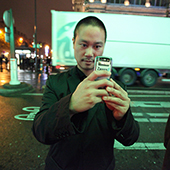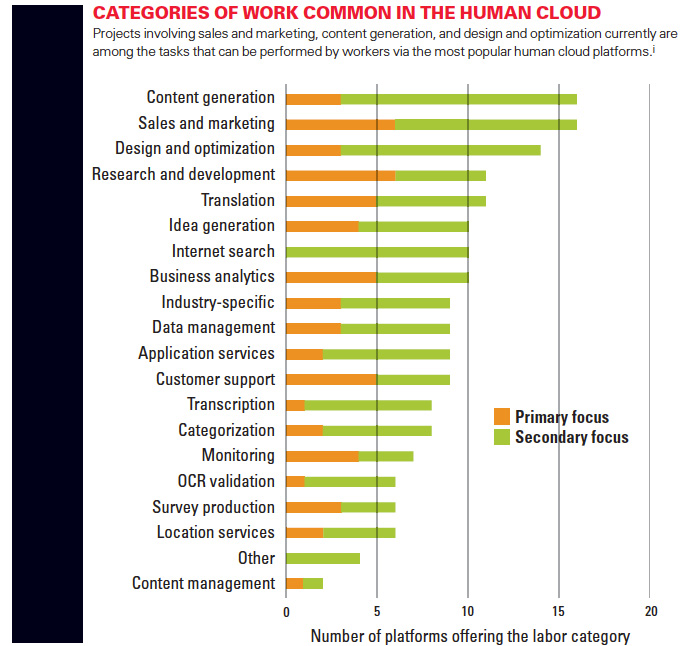Managing the Human Cloud
Companies have increasing opportunities to tap into a virtual, on-demand workforce. But the organizational challenges of this latest wave of outsourcing require new management models and skills.
Topics

Online retailer Zappos, which is led by CEO Tony Hsieh, has used aggregator MTurk to perform some “human intelligence” tasks.
Image courtesy of Flickr user Robert Scoble.
Chase Rief runs a small media company in Newport Beach, California — or, rather, from Newport Beach: Rief Media’s 14-person workforce is scattered around the world, all independent contractors he hired through an online service called oDesk. At the other end of the size spectrum, life insurance giant Aegon has an on-demand workforce of 300 licensed virtual agents managed through another online intermediary, LiveOps. They are not Aegon employees but are scheduled for inbound and outbound calling through LiveOps’ routing software.
First came outsourcing of IT and business processes. Next came offshore outsourcing. Now comes the human cloud. A third-generation sourcing ecosystem already being used by companies as diverse as Rief Media and Aegon, the human cloud is centered on an online middleman that engages a pool of virtual workers that can be tapped on demand to provide a wide range of services to any interested buyer. Although jobs involving content generation, sales and marketing, and design and optimization currently top the list of tasks that can be performed by cloud workers, a recent industry report identifies at least 15 major labor categories that could be sent to the human cloud.1 (See “Categories of Work Common in the Human Cloud.”)
The human cloud is growing rapidly. Year-over-year growth in the global revenue of human cloud platforms was 53% for 2010 and 74% for 2011. The number of platforms and middlemen has also skyrocketed. Using a narrow definition, we counted more than 100 active platforms in 2012, up from perhaps 40 in 2011.
Categories Of Work Common In The Human Cloud

Some analysts see the human cloud as potentially more disruptive than the previous two sourcing waves. They believe it will reshape established business processes, redraw organizational boundaries and — most importantly — profoundly change global labor markets.
References (7)
1. massolution, “Crowdsourcing Industry Report: Enterprise Crowdsourcing — Market, Provider and Worker Trends” (Los Angeles: massolution, February 2012).
2. Two other related phenomena are human computation and collective intelligence. Human computation takes advantage of human participation directed by a computational process in order to solve problems that computers alone cannot yet solve. For example, Google-owned reCAPTCHA leverages human computation to transcribe books and newspapers for which optical character recognition is not yet effective. Collective intelligence is more of an umbrella term that covers phenomena in which, as Malone, Laubacher and Dellarocas write, “large, loosely organized groups of people work together electronically in surprisingly effective (and seemingly intelligent) ways.” Examples of collective intelligence range from Linux, the first major open-source software development community, to Threadless, an online community where members submit and vote on T-shirt designs that the company then manufactures.





Comment (1)
Forget the cloud, use humans instead | The New Economy